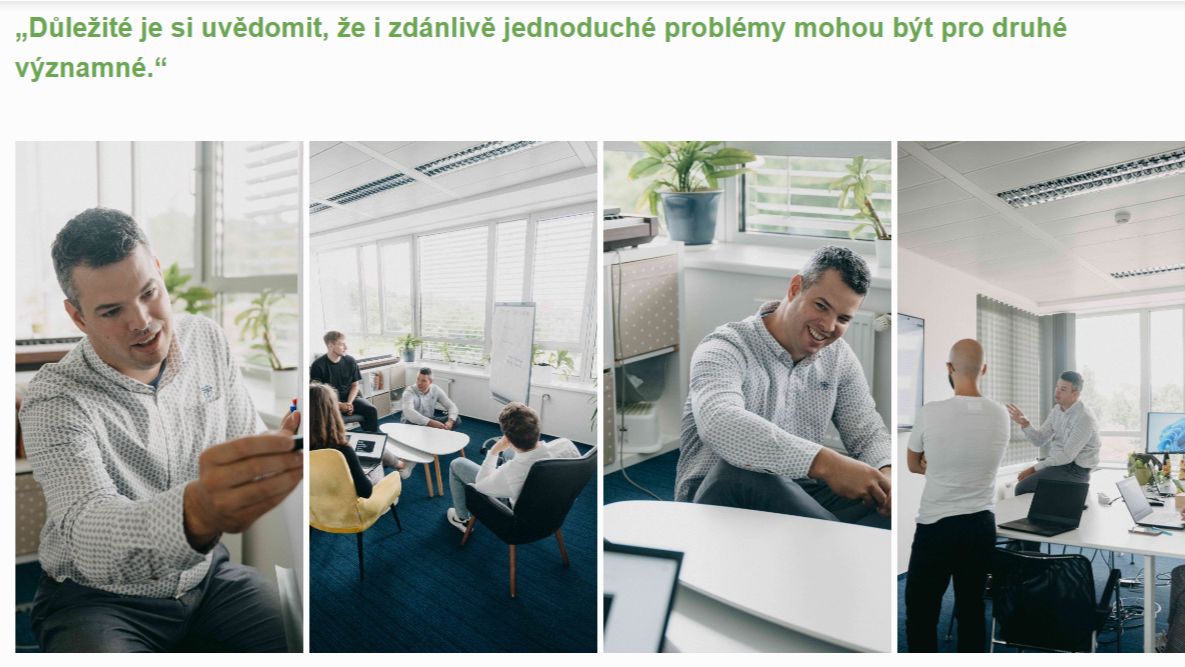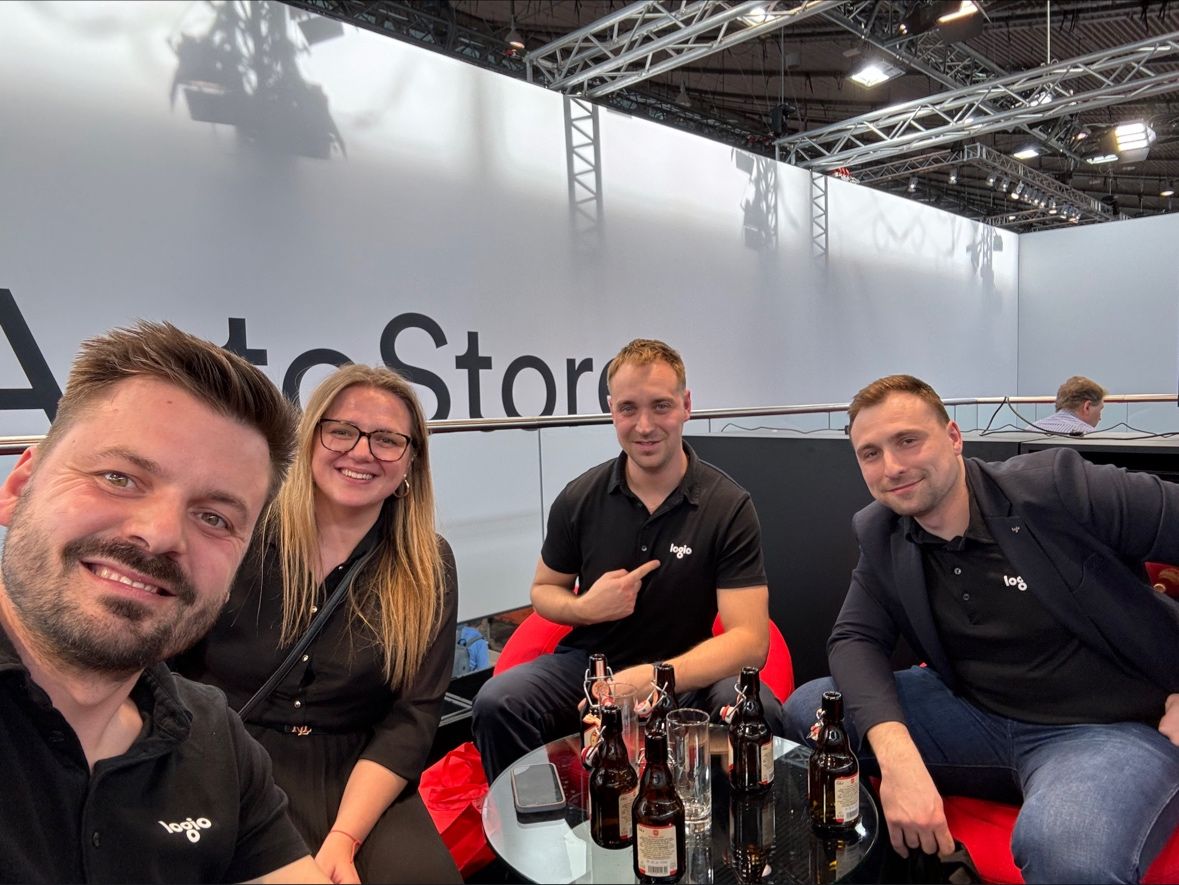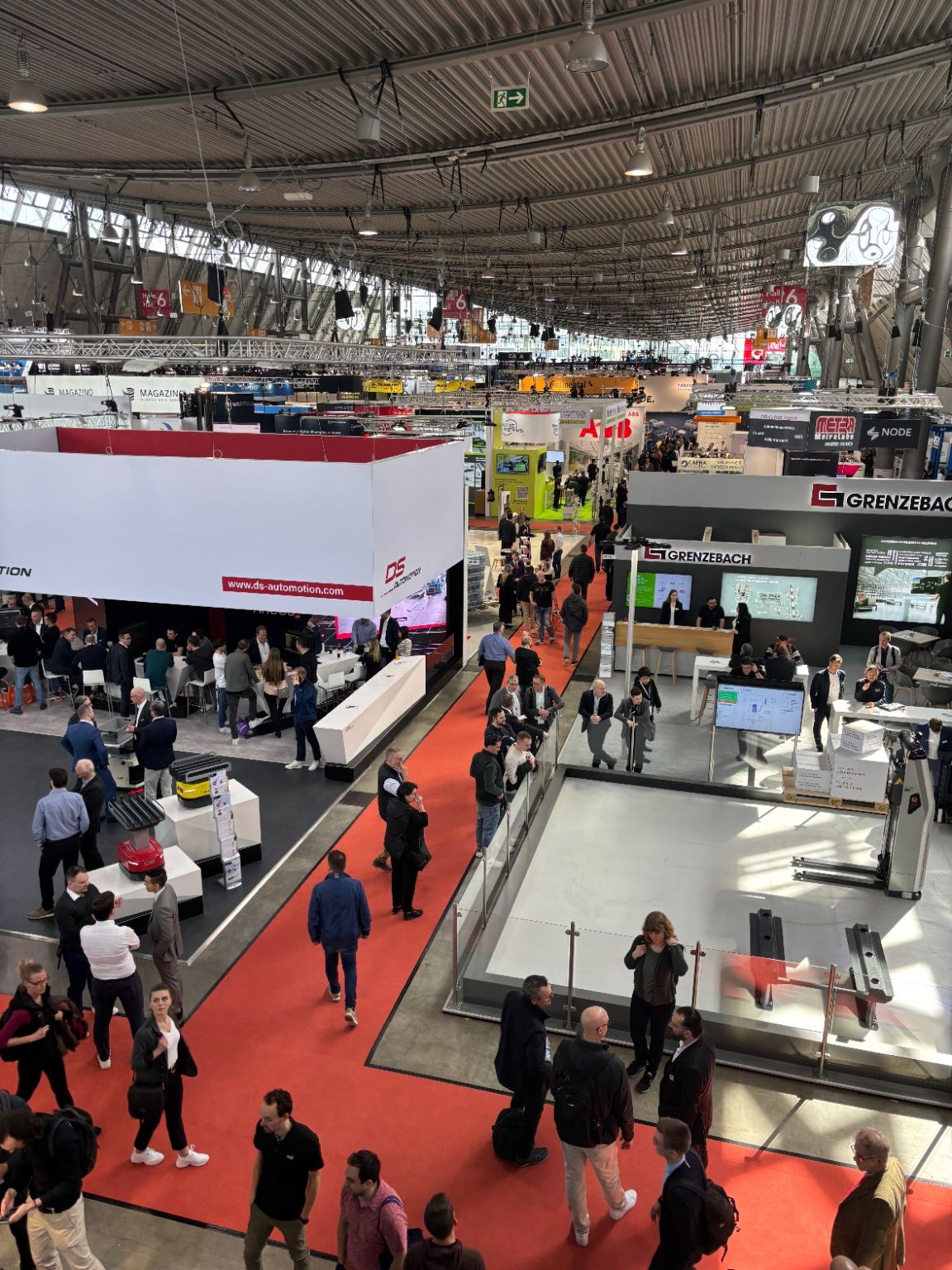WE ELIMINATE WASTE
We are a consulting and technology company that has been providing Supply Chain Management services to the largest manufacturing companies and retailers worldwide since 2004.
already
20 years
We are a Czech company and we are proud of it.
We have over 100 Supply Chain experts.
1000
Over 1000 successfully completed projects.
We bring out-of-the-box solutions with added value.
WE SUPPORT LOCAL COMPANIES, BUT YOU WILL FIND OUR TRACK WORLDWIDE.
SUPPLY CHAIN BUZZ

We can't wait to dive in and hopefully, soon, we'll be cutting into another cake to celebrate the next interesting step. 🌟
#Logio #supplychain #consulting


"Sure!" - he answered and put the meeting in the calendar.
We ended up talking for over an hour about his work in Logio. Although my goal was to dig deeper than just management techniques. Instead I was looking into the personality of the leader and its impact on the leadership style. Martin Plajner shared his most valuable lessons learned from his 7 years as a team leader, as well as the challenges he faced and what helped him move forward.
That is how originally university project turned into cool post in our Logio blog:
https://lnkd.in/d6ripJWd
#logio #leadership


The place was packed with fresh, exciting innovations and ideas we're buzzing to explore.
We're already looking forward to next year's LogiMAT, eager to discover what the future holds for our industry. Let's keep pushing the boundaries and driving progress in the world of logistics and automation!🚀
#LogiMAT #Logio #automation



💬 As our Tomas Hladik aptly explains:
“The shift away from coal is inevitable, as the economic viability of coal plants is expected to decline sharply due to still high cost of emission allowances relative to lower electricity prices. While nuclear energy development is on the horizon, realistically, it won’t contribute until 2038 at the earliest. Renewable energy sources are making strides, yet except for wind, their integration lags behind. Solar energy falls short of significantly impacting the overall energy mix. The focus thus shifts to gas combined cycle plants, possibly complemented by cogeneration of heat and power, as the more immediate solution to bridge the energy gap.”
To thrive, companies must take control of their energy future. Investing in your own energy sources is no longer optional; it’s a necessity for sustainable operation. That’s what we learnt from a recent presentation by Michal Macenauer (EGÚ Brno).
Beyond self-sufficiency, there’s a golden opportunity in producing excess electricity and capitalizing on the high-demand market. Remember, with the Czech Republic’s energy mix aligning with the EU average, the potential for growth through innovative energy solutions, like those beyond traditional solar panels, is immense. 🚀
Embrace the energy transition, and leverage it to not just survive but flourish. Should you need any consulting with it, you know where to find us. ➡️ https://logio.com/


Through innovative strategies and cutting-edge technology, we helped dm optimize their warehouse design, comparison of technological and layout configurations, resulting in enhanced efficiency and substantial cost savings.
Explore the details of this successful journey here.
https://lnkd.in/e8gi6KDw
Let this case study motivate you to unlock the full potential of your warehouse operations!
#WarehouseDesign #SupplyChainOptimization #LogisticsManagement
#Logio #dmDrogerieMarkt


What fuels this engine? A custom blend, different for everyone. It consists of vision, joy, cash, connections, smarts, grit, talk, learning, happiness, comfort, performance, pride—you name it. The fuel recipe changes with the day’s needs.
As with everything, balance is key. We’re talking the right mix of being proud of what you are doing (satisfaction) and the itch to do better (healthy dissatisfaction).
Getting the fuel blend right is tough, though. Sometimes, it feels like a wild goose chase. But a second opinion can make all the difference. Be it from your boss, a pro, a therapist, or, in Logio’s case, another company.
An outside look can help tune that fuel mix for your engine just right. Don’t be scared of what it may find. 😉

LOGIO COVERS NEEDS ACROSS THE ENTIRE SUPPLY CHAIN.
Our work delivers savings and profits from primary production to the shopping cart.



WE OFFER
SOLUTIONS WITH OVERLAP
Our solutions have the potential to improve not only global Supply Chains but also life in specific everyday situations. For all of us. For the whole planet.
SUPPLY CHAIN HAS BILLIONS OF VARIABLES.
THANKS TO OUR EXPERIENCE AND OUR ADVANCED SOFTWARE, YOU CAN NAVIGATE IT TOO.

We help our clients cure the most common supply chain problems, but we know how to deal with the less common ones as well. A comprehensive view of the supply chain is crucial to our work. This is reflected in the diversity of our services.
We can advise you on the efficient supply of products, the optimal stocking of individual links in the chain, the correct organization of distribution, the selection of logistics resources and the set-up of logistics processes, or even the specification and requirements for a new information system.
Our “VERITICO” software combines advanced mathematical models and artificial intelligence. We have created it as a building block of products that can be used independently or plugged in together, with higher added value and synergies. It all depends on the clients’ wishes and needs.
VERITICO can help you with setting the right pricing, demand forecasting, inventory management and automated orders, or even planning promotions. You’ll increase your profits while having satisfied customers who always get what they came for.





